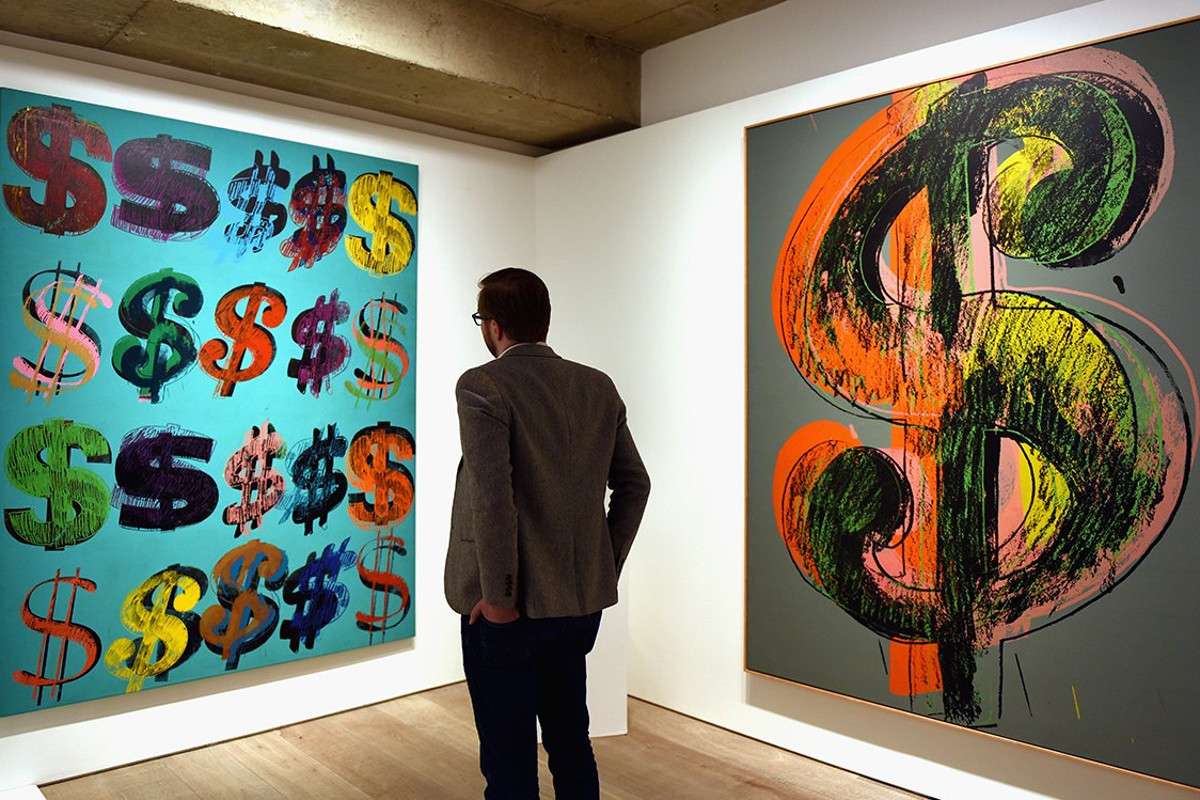Reading reviews here and there, I have discarded the notion that my desire to venture into art investment thrives on the common aim as other businessmen that I just turn up to a gallery, buy the artwork and wait for its value to soar. Unfortunately, that isn’t the case. There are numerous factors that I must consider before taking up art as an investment. They include but are not limited to the following.
Monetary barriers
There’s a limitation to the amount of money that I can access to diversify my investment into art. Credit to the tune of hundreds of millions is certainly out of the equation. Capital is one of the major constraints to my entry into investing in art. Of course if I was to believe that some large profit could come from a particular investment and the buying price is a little too steep, there is a potential to finance the purchase in other ways, such as finding secured loans that could be suitable. Quite a few people I know have taken out loans to purchase art, so this is certainly a viable financial option for investing. However, this is not the only cost as auction houses can claim commissions as high as 25% when buying and selling. Still, I have to be very careful lest I invest into a white elephant.
Liquidity risks
From a simplistic viewpoint, investing in art entails buying a piece of art, waiting for its value to appreciate, and then cashing out. Unfortunately, it’s not as easy as it sounds. I will venture into this diversified art business knowing that it’s highly liquid, and can be dictated by other external factors that can bar me from cashing in on my assets. Factors that can make it difficult for me to sell my piece of art or access my money include the genre of the piece of art, the country that I’m trading in, and the wider economic climate.
Provenance risks
Differentiating genuine and fake artworks is difficult and requires expertise. Although the gallery that I buy from ought to be well-placed to tell which one is legit or fake, they cannot always be 100% certain. For instance, in 2016, Alain Dreyfus was alerted that Alfred Sisley’s painting bought at Christie’s in 2088 was looted by Nazis in 1940 from another family. The failure in provenance documentation led to a suit to return the money.
Extra costs
Besides the existing high commissions demanded by auction houses when buying and selling a piece of art, I’m likely to deep further into my pockets when choosing art as an alternative investment. This is partly because about 80% of secondary market volume belongs to Christie’s and Sotheby’s auction houses. In addition to these scary fees, there are many other costs such as transport, insurance, and storage that I must consider for every piece of art that I purchase.
Ownership models
Although this is not a major factor that I should dwell on, it’s worth considering it. Ideally, venturing into art can provide an excellent opportunity if I have money to participate in auctions, and I can identify high-performing pieces of art. But if I have limited capital, then I may consider being more judicious to use a shared ownership model as an alternative entry point to this investment.
Frankly, while conceptualizing ideas around investment in art, shared ownership didn’t cross my mind. But through blockchain technology, I can now get all the vital information through the mainstream outlets. However, there are fears that this infiltration could be the source of major discontent in market dynamics.
For instance, if I decide to invest in digital shares in a painting instead of an entire piece of artwork, it might substantially lower my cost of entry into art investment. It can also be the perfect avenue for me to bypass the liquidity risk (trading artworks in small fractions is easier than selling the artwork itself) as well as avoiding auction houses.
Since blockchain underpins the above principle, I will invest in the paintings knowing that I have a better long-term assurance of provenance than previous or current investors have had in their engagements. This is because the centralized ledger is secure.
Working with an investment firm
Another consideration is to purchase and sell artworks through a credible investment firm. Most of them thrive on the ideology of shared ownership in a democratized environment. Still, they can connect me to other lovers of art from different backgrounds who also want to trade in the artwork. There are many platforms that can aid in the buying and selling regarding investments into art pieces, and as stated before, some look to trade in art shares instead of whole pieces of art. Depending on your financial standings, either option could be worth looking at.
Another advantage of investment firms is that they can spread their investment capital with ease because purchasing numerous works helps them to diversify their portfolios.
